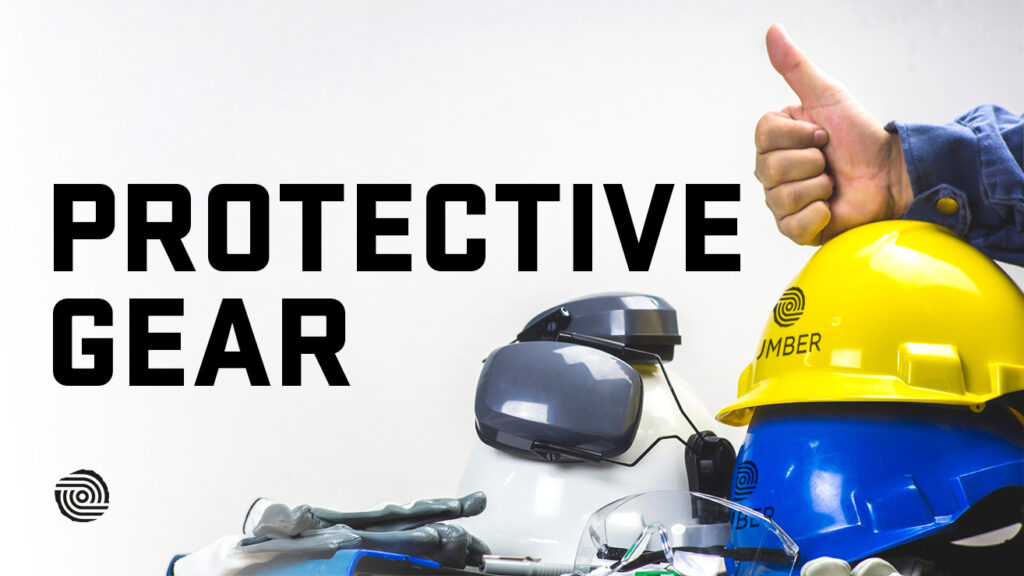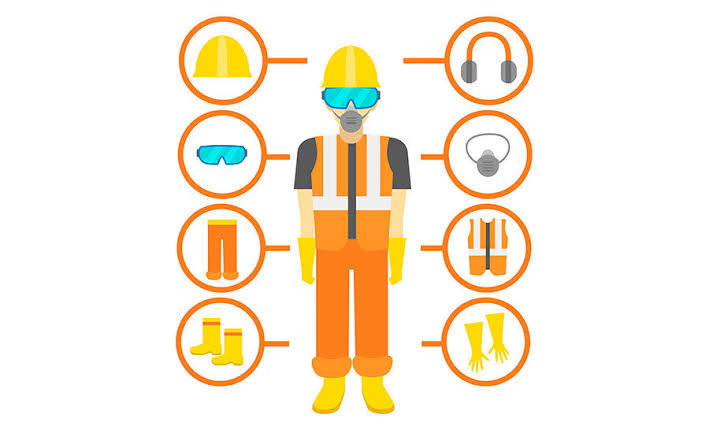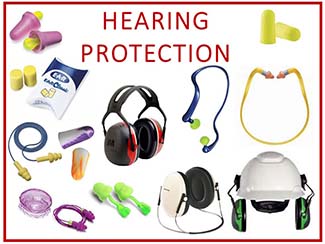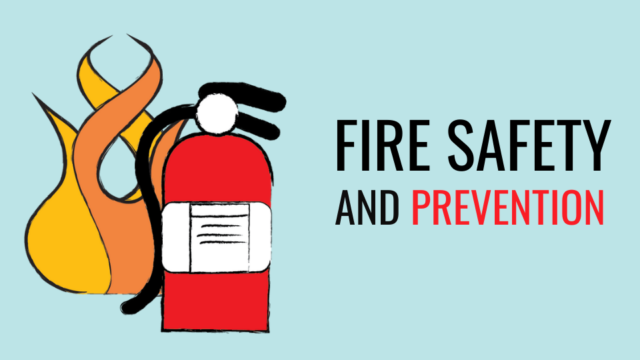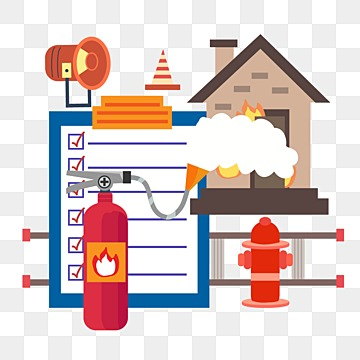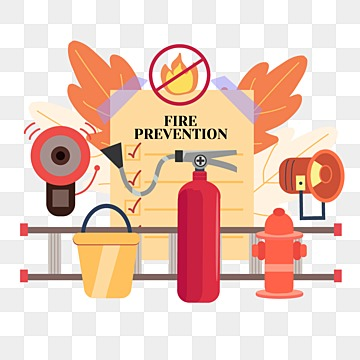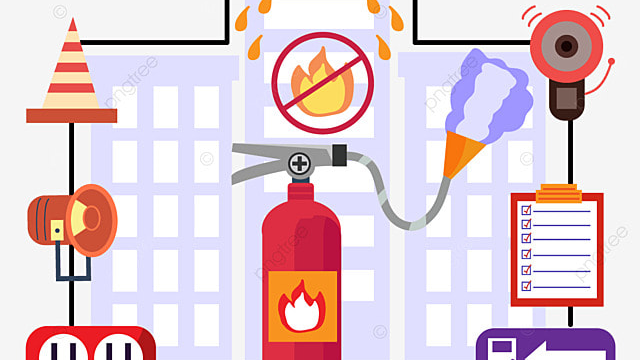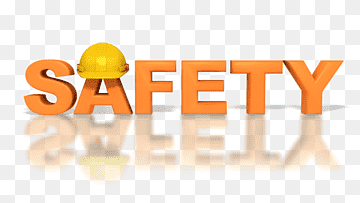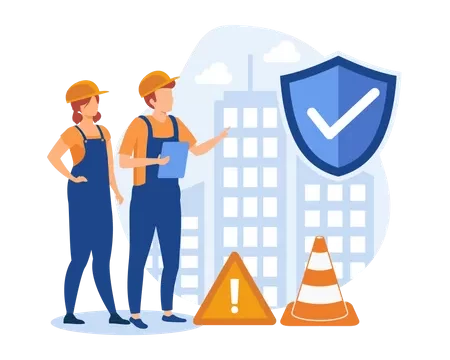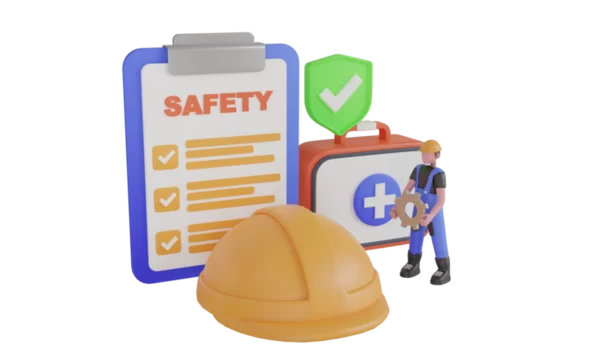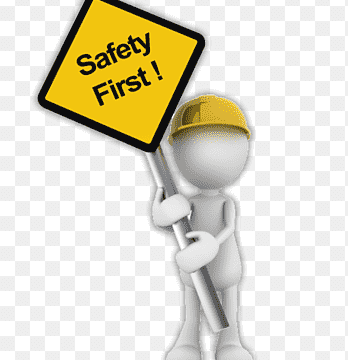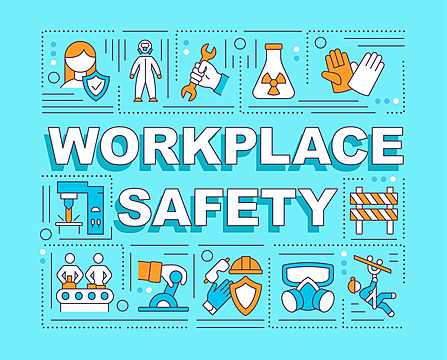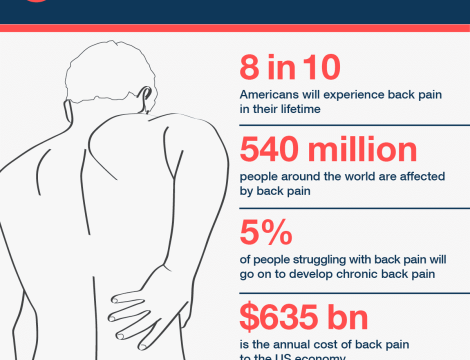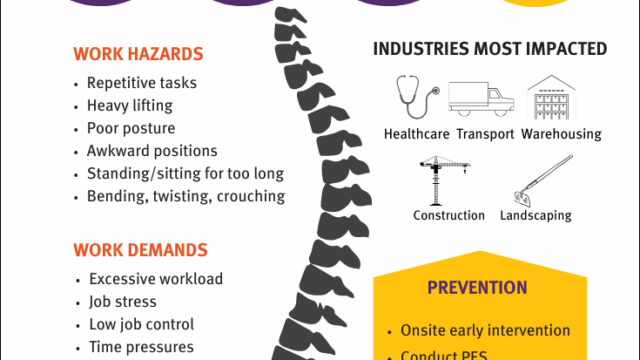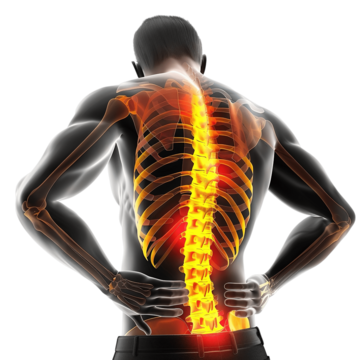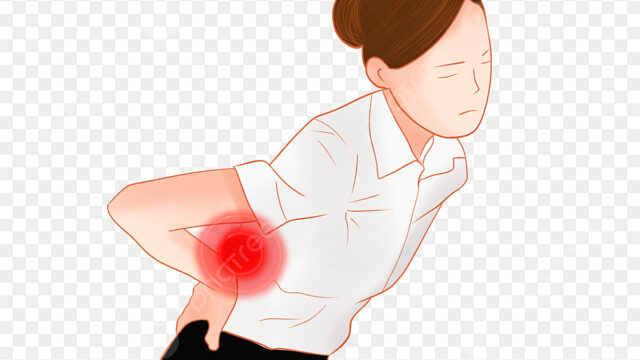Popular
PPE, HIRARC and Hearing Conservation
Description
Course Outline
Module 1: Introduction to PPE (Personal Protective Equipment)
- Overview of PPE
- Definition and importance
- Categories of PPE (head, eye, hand, respiratory, etc.)
- Legal and regulatory requirements for PPE
- Selection, use, and maintenance of PPE
- Common hazards mitigated by PPE
Module 2: HIRARC (Hazard Identification, Risk Assessment, and Risk Control)
- Fundamentals of HIRARC
- Definition and purpose
- Legal and regulatory framework
- Steps in HIRARC
- Hazard Identification
- Risk Assessment (using matrices or scoring systems)
- Risk Control (Hierarchy of Controls)
- Practical application and case studies
Module 3: Hearing Conservation
- Introduction to workplace noise hazards
- Effects of noise on hearing and health
- Hearing protection devices (types and usage)
- Noise monitoring and control measures
- Hearing Conservation Programs (HCPs)
- Training and education
- Audiometric testing
- Regulatory standards for noise exposure
Course Objectives
- Equip participants with the knowledge to identify workplace hazards and select appropriate PPE.
- Develop competency in conducting HIRARC to manage workplace risks effectively.
- Enhance understanding of hearing conservation principles and practices to protect workers from noise-induced hearing loss.
Learning Outcomes
By the end of the course, participants will:
- Understand the purpose and types of PPE and demonstrate proper selection and usage.
- Conduct a HIRARC process, including identifying hazards, assessing risks, and implementing appropriate controls.
- Identify noise hazards, evaluate noise exposure, and implement effective hearing conservation measures.
- Align workplace safety practices with legal and regulatory standards.
Training Methodology
- Classroom Sessions:
- Lectures using slides, videos, and interactive discussions.
- Hands-On Demonstrations:
- Practical demonstrations of PPE selection, fitting, and maintenance.
- Noise monitoring equipment usage.
- Case Studies and Role-Playing:
- Analyzing real-world scenarios to reinforce HIRARC and hearing conservation concepts.
- Group Activities:
- Collaborative hazard identification exercises and risk assessments.
- Assessments:
- Pre- and post-training quizzes.
- Practical evaluation of skills (e.g., PPE selection or risk control planning).
- Resource Materials:
- Provide handouts, templates, and guidelines for post-training application.
Location
Review
Write a ReviewThere are no reviews yet.


